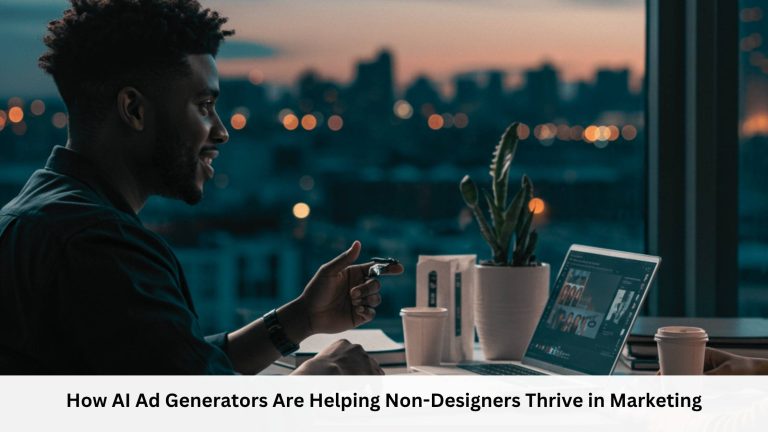AI-powered tools are kind of flipping content creation on its head. You get lightning-fast results, way more scale than old-school methods…like, why would you wait a week for video edits when a bot can whip something up in minutes? One of the buzziest tricks right now: image-to-video AI. Basically, you toss in a photo and boom—it spits out a video where your picture’s suddenly talking and blinking like it’s auditioning for Pixar. Wild, right? Super handy for churning out marketing clips, quick explainer vids, or jazzing up your social feed. But don’t go thinking it’s magic. This stuff’s got quirks.

Lifelike, But Not Quite Human
So, look, image-to-video AI can do some neat party tricks. Smiles, eye blinks, mouths moving in sync? Yeah, it’s gotten way better. But if you’ve got a sharp eye, you’ll catch weird little tics—maybe the timing’s just off, or the face twitches in that “okay, that’s definitely a robot” kind of way. The longer the clip, the more it sort of falls apart. There’s this stiffness, like the face just isn’t totally buying what it’s selling. If you’re after genuine emotion, like, actual heart and soul—eh, don’t hold your breath. AI faces still can’t stand in for a real human when things get deep.
Limited Body Language and Gestures
Here’s where things really go off the rails when using image into video ai tools: body movement. These tools are basically stuck in bobblehead mode. You get some face action, maybe an eyebrow raise if it’s feeling spicy, but that’s about it. No hand-waving, no pacing around, zero full-body flair. So, if you’re making a workout vid or want someone to strut their stuff in a killer outfit, you’re outta luck. Watching a talking head drone on? Gets old fast. For now, if you need anything more than a face yammering at the camera, you’ll want to keep a real person in the mix. AI’s just not there yet.
Dependence on High-Quality Input Images
And don’t even get me started on input quality. If you feed it a blurry, badly lit selfie, you’ll get back…well, a blurry, badly animated mess. The AI’s basically magnifying every weird shadow or awkward smile. So you’ve gotta be picky—find a good pic, maybe even touch it up. It’s not as simple as “click upload and go viral.” More like “spend 45 minutes in Photoshop or prepare for disappointment.”
Script and Voice Limitations
The voice side? Also kinda meh. Even if the lips look right, the voice can sound like it’s reading the phone book. Unless you’ve got a killer voiceover or some next-level AI voice tech, it’s gonna feel stiff. And if you’re trying to sell something or tell an emotional story, good luck. Nobody’s moved by a robot mumbling through your pitch.
Difficulty with Complex Scenes or Multiple Characters
Also, don’t try to get fancy with multiple people or action-packed scenes. The tech just isn’t built for that. It’s fine if you want a single person talking at the camera, but try throwing in a friend or an animated background and everything falls apart fast. So yeah, you’re not making the next Pixar movie with this stuff.
Then there’s the weird, kinda creepy side. You can make super realistic fake people talking, which is cool until it’s not—like, what happens if someone uses it to fake a testimonial or create a fake spokesperson? Brands that care about trust and authenticity have to tread super carefully. Mess that up and people will call you out hard.
Explore: https://megapersonals.co.com/kali-sluzza-xxbrits/
Conclusion
So, bottom line: image-to-video AI is wild and futuristic, but it’s definitely not magic. It’s great for knocking out quick, simple videos, but don’t expect it to replace real actors or full-blown video shoots anytime soon. Treat it like a power tool—awesome for certain jobs, a terrible idea for others. Use it smart, know its limits, and for the love of all that’s good, don’t trust it with your next Oscar speech.
The source of this information is megapersonals eu.






